|
At PYP schools we have to cover six transdisciplinary units (unless you are teaching early years, which is a minimum of 4 units). These units are:
Traditionally, PYP schools would look at their year, line up their 6 units in an order that seem to work for them, and see what areas of math, literacy, science, social studies, etc fit into each unit. With the Enhanced PYP came a flexibility with these units. We no longer have to see them as one straight line and have some freedom to play around with structures.
One way to do this is to have a whole school, year long unit. Our school has a Who We Are unit which every grade focuses on the same central idea, but writes their own lines of inquiry to fit the learners they are working with (age as well as personalities, etc). We have done this for a few years now and have just switched to a new central idea after a long process with our PYP Co-ordinators at the end of last year to make sure everyone's opinions were heard. What other ways are possible to play with the rest of these units? Last year #Studio4 had one unit feed into another unit. So they are connected but also kind of separate. We are doing that again this year with Sharing the Planet (focused on sustainable businesses) leading into How We Organize Ourselves (an entrepreneurship unit that will hopefully then be focused on sustainability). That's 3/6 units structured for us. We had an idea for How We Express Ourselves. We wanted a bit more of a literacy focus throughout the year and to explicitly focus on more writing and communication skills. So we made a unit based on reasons why people communicate and how effective these communications are for different purposes. It is mostly another year-long unit.... BUT we are also breaking it up into 3 chunks with our other units based on the communication skills Approaches to Learning.
So for two weeks we focus on the Exchanging Information Communication Skills (speaking, listening, and interpreting). Then this leads into a How The World Works unit about how scientists communicate their findings after going through an investigation.
When this unit ends, we will take another two weeks to focus on the ICT Communication Skills (Media Representation and Informed Choices). This will lead into the entrepreneur unit mentioned above for STP/HWOO focusing on how businesses advertise themselves and the choices they make to showcase their products and/or beliefs. For the two weeks before our last unit begins we will again take two weeks to focus on the Literacy Communication Skills (reading and writing). Then we will start Where We Are in Place and Time which is a historical fiction focused unit. While we are taking two weeks to explicitly go over these skills, the HWEO unit is not "broken" into three chunks. It is still carried on throughout the rest of those 3 units as they transfer and apply their knowledge of the skills. What other ways have you been creative with the transdisciplinary themes?
1 Comment
As I wrote in my Goalsetting blog post, one of our school goals this year is to increase opportunities for students to become assessment capable learners.
We have structured our PYP units a little differently this year, as the enhanced PYP is allowing for more freedom and agency to provide authentic experiences for our students. I am planning to write a blog post about that later, but for the purpose of this post I will explain a couple of things. Our How We Express Ourselves unit is mostly year long. Before any unit begins, we are taking 2 weeks to really focus on HWEO and the communication skills that will support us with the upcoming unit. In this case, our upcoming unit (starting after our October break) is How the World Works. We are focusing on the "Exchanging Information" sub skills of communication skills, which are listening, interpreting, and speaking.
At the beginning of the first HWEO unit we had 3-way conferences. This was a great opportunity to start looking at these skills... however, we only had 2 days because of other time constraints!
We wanted ALL 100+ students to have input to the process. Our pedagogy coach Fiona Hurtado had already gone through this process with our year group leader Paul Cheevers and his class for time management skills. So one class had experience, but the other 4 did not. In individual classes, we played some speaking and listening games and role playing.
Then we brainstormed what each of these skills COULD look like. Good, bad, and anything in between.
Then we took all of those things and sorted them into whether this would be Guided, Independent, or Leading (we usually have Shared in between Guided and Independent, but wanted to make it more simple). Each class was a little different than the next.
At this point we had 5 different rubrics that were all FULL of too much information. On the second day, the teachers met and looked at the similarities to make one rubric for the whole studio. We aligned it across the rubric so numbers matched and students would be able to measure themselves on certain pieces of a skill.
We then made one more simplified version to outline what the important things are to measure and remember about each skill. The numbers match the rubric above.
Students used the rubric with their parents at 3-way conferences. Next week, teachers are running 9 workshops to align with each of these important things about each skill. Students will choose 2-3 workshops to attend before reassessing themselves on another speaking/listening activity.
How have you ensured students have voice and ownership over their assessments? Have you gone through a similar process?
Are you thinking of taking this rubric? Of course you can, but I really encourage you to go through the process with your students instead. Rubrics often hold so much information in them, so for students to be involved in making them, you are giving them a better chance to actually understand what is in it. |
Cindy KaardalPassionate Educator and Innovation Coach. Archives
July 2024
Categories
All
|
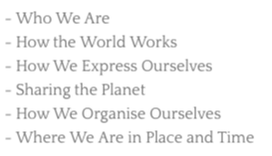

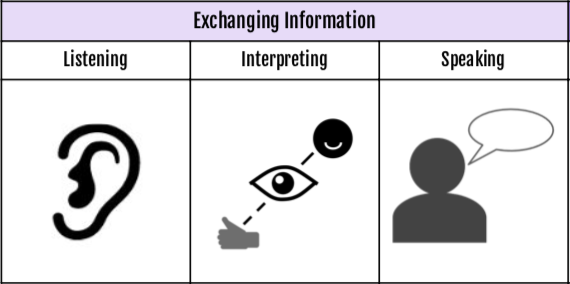
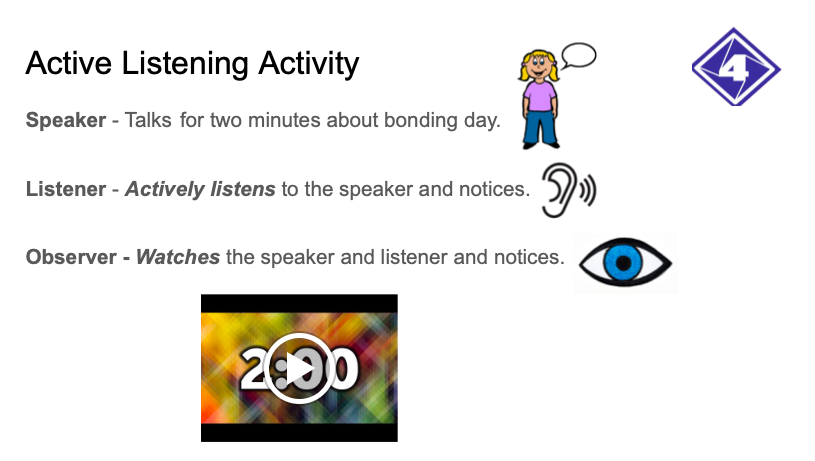
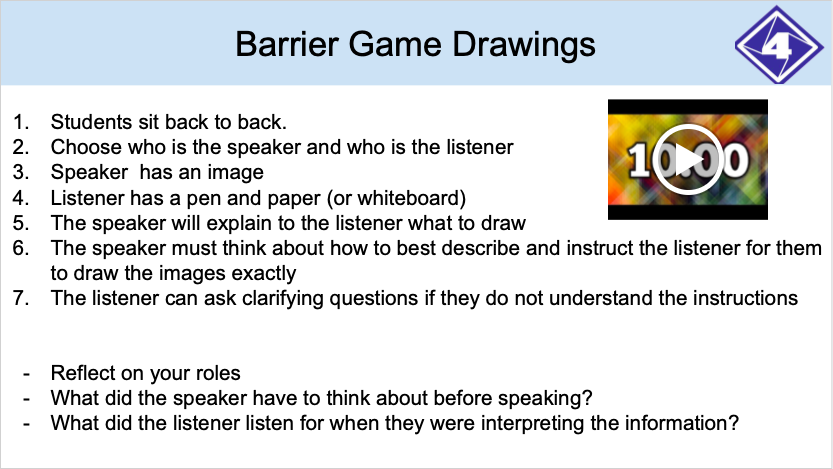
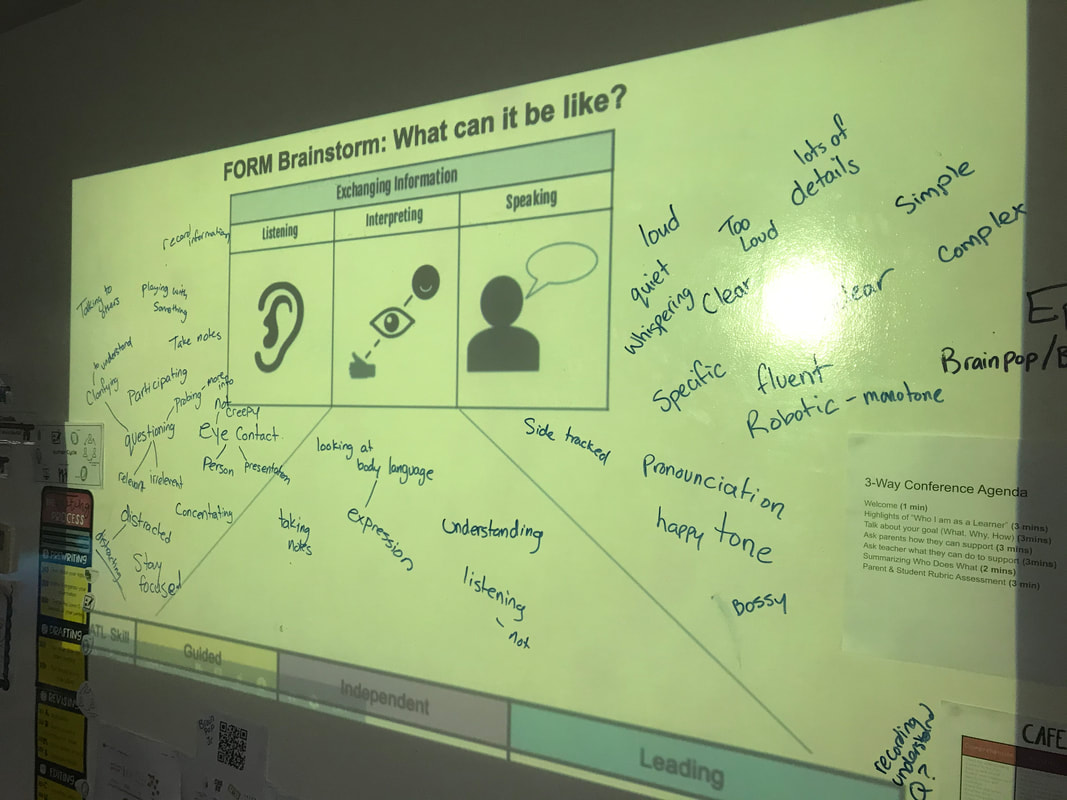
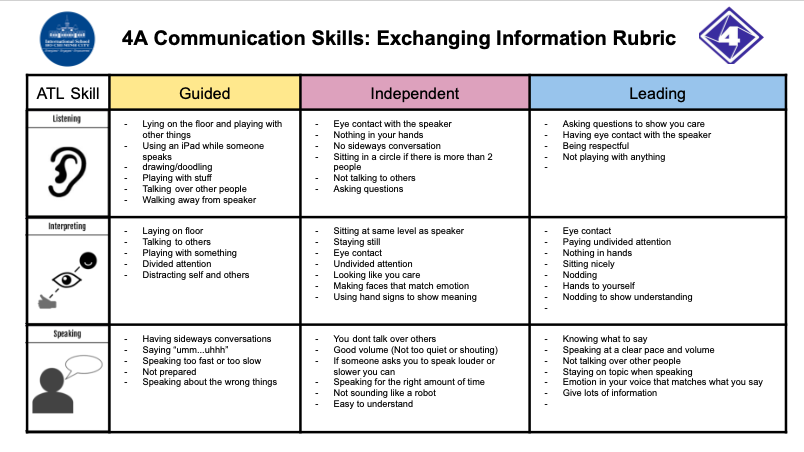
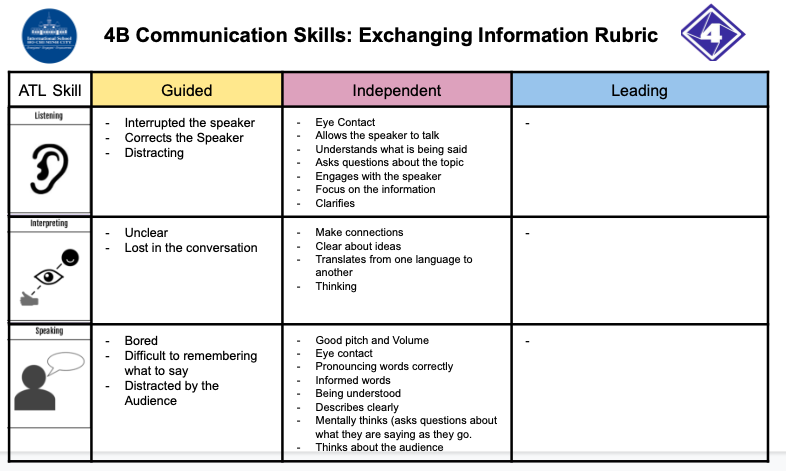
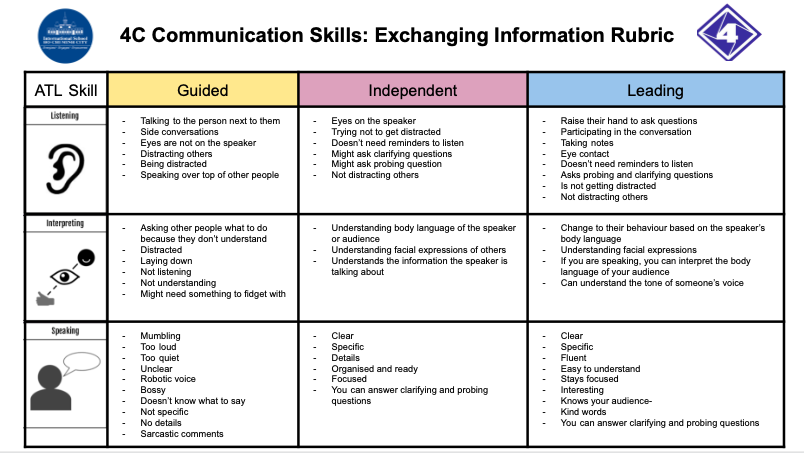
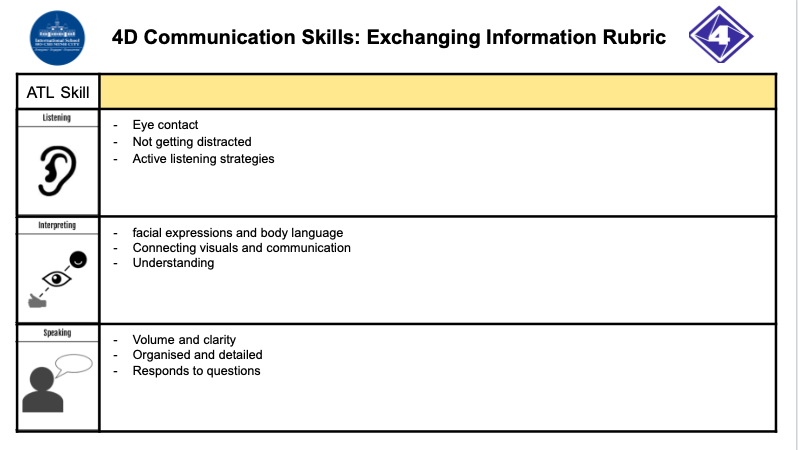
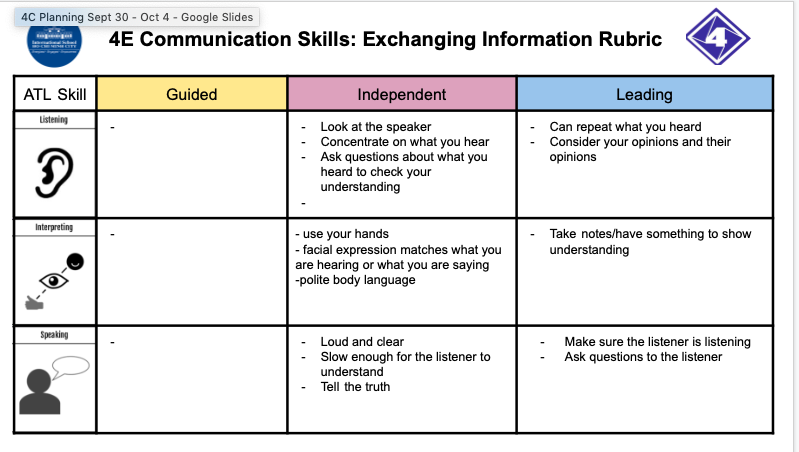
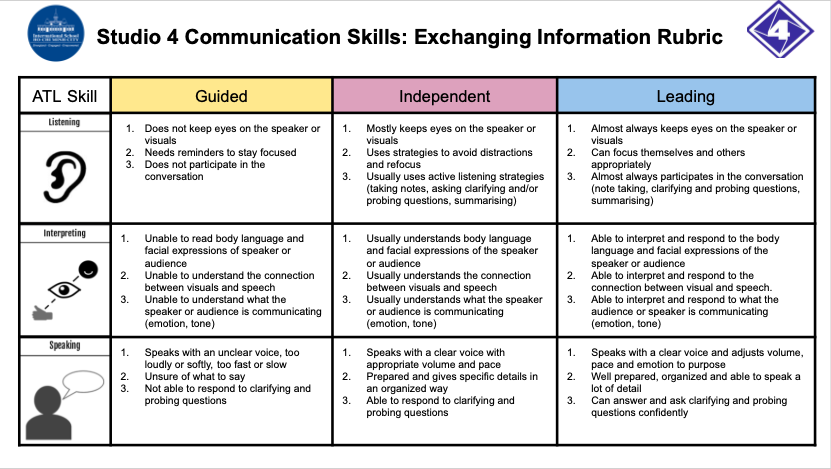
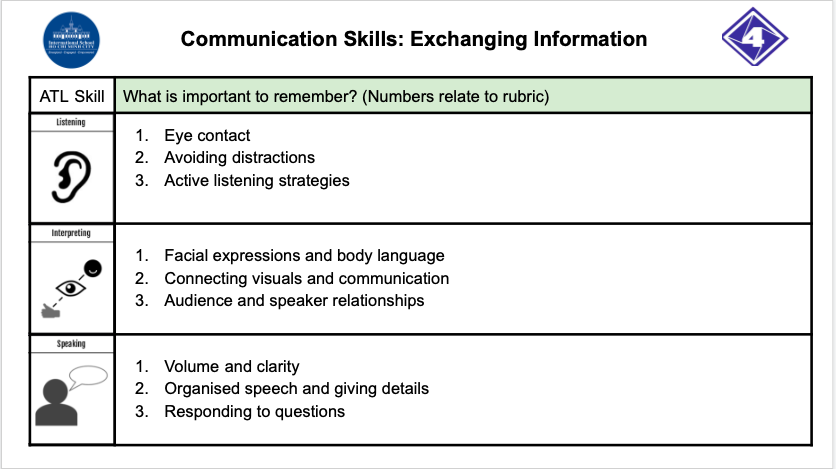
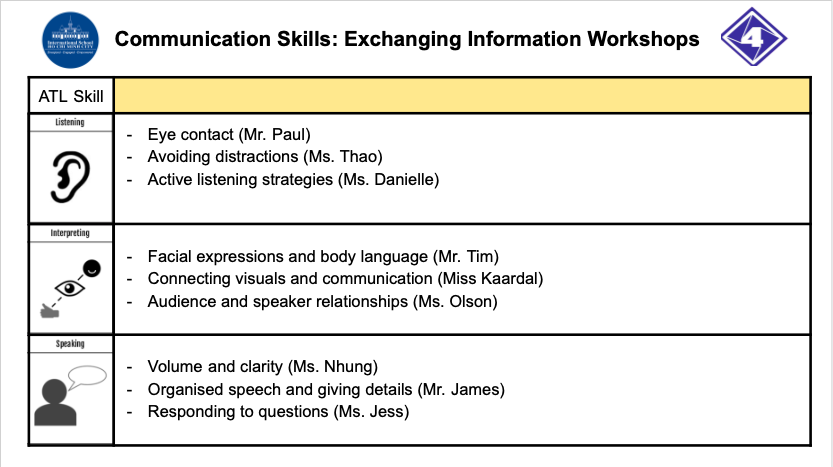
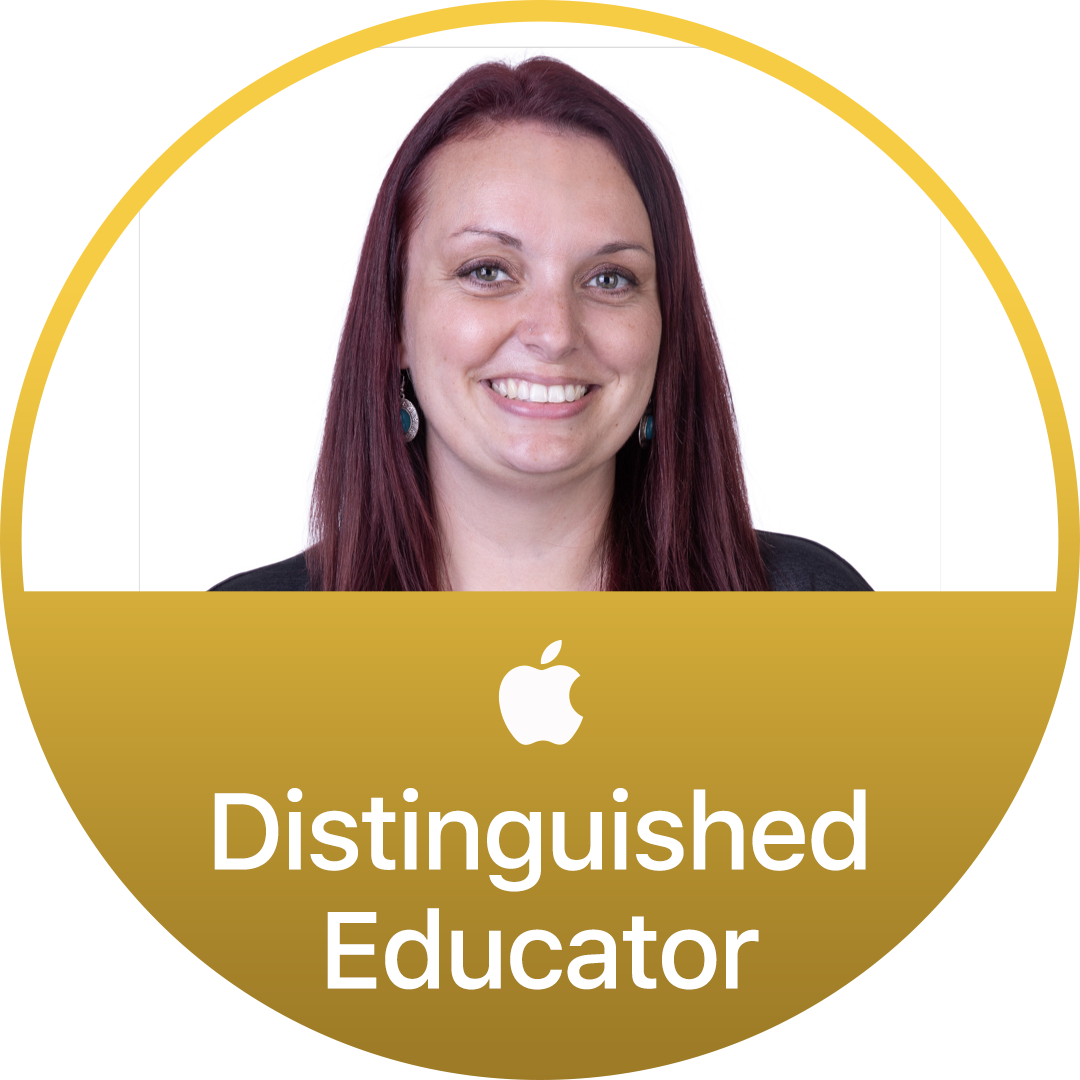
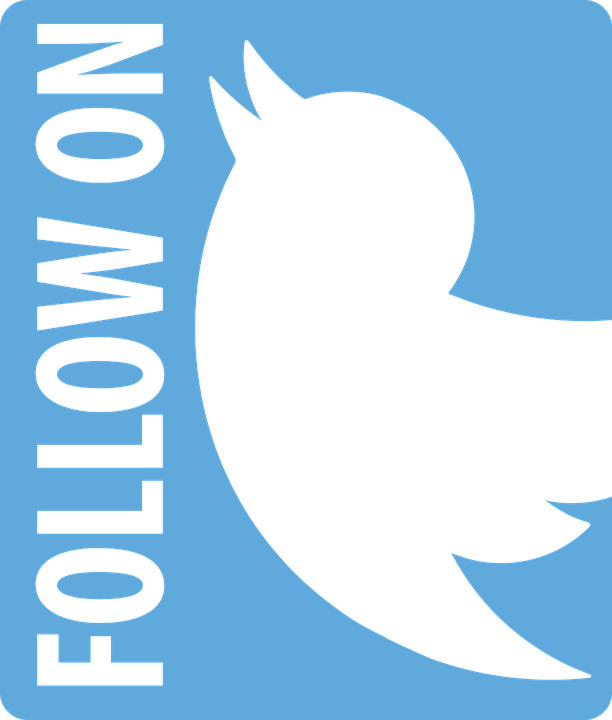

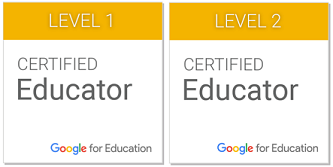
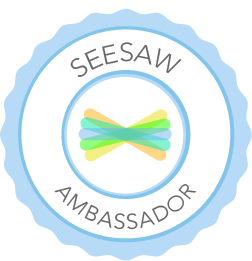
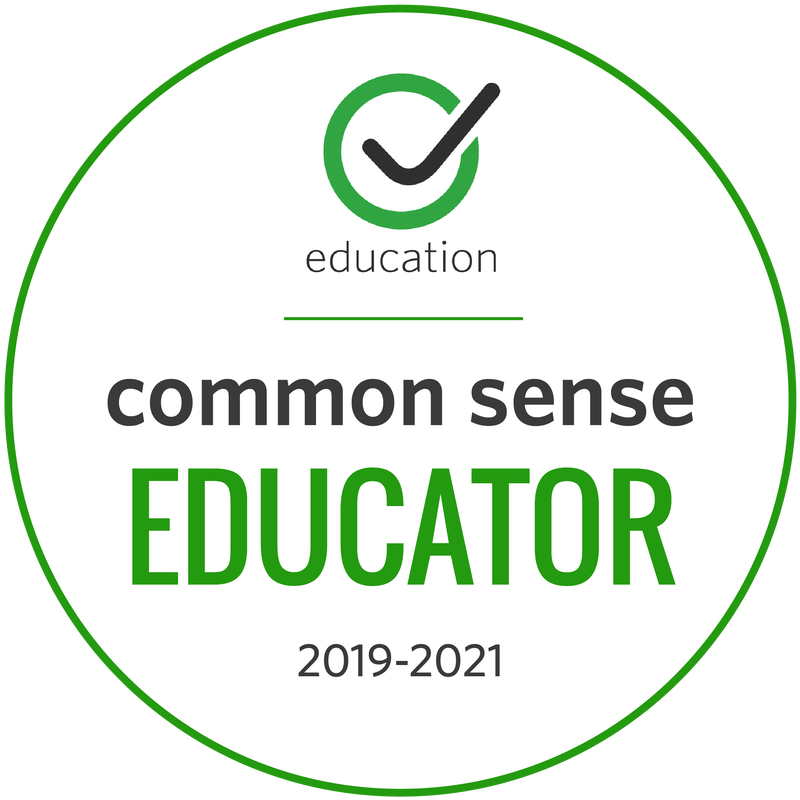
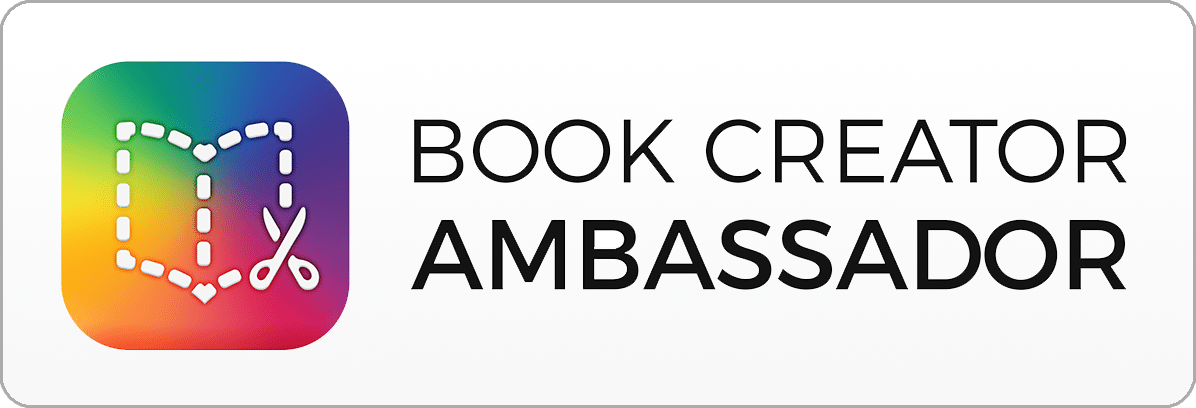
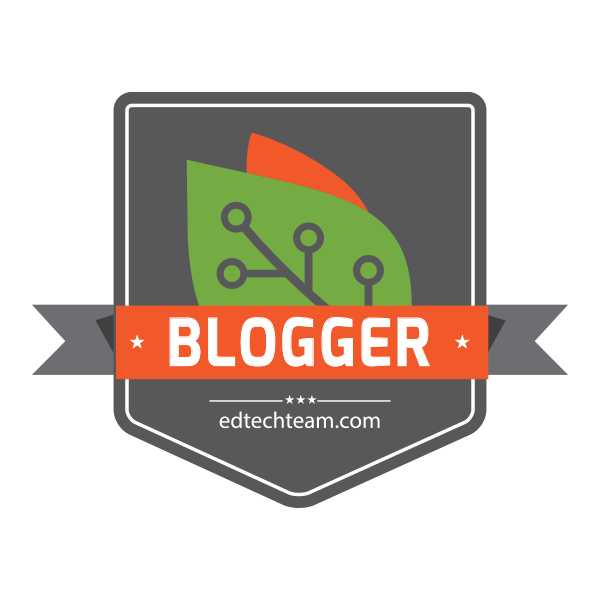
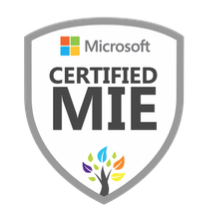
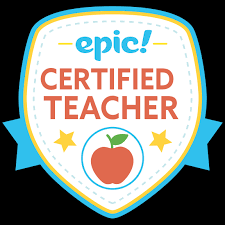

 RSS Feed
RSS Feed